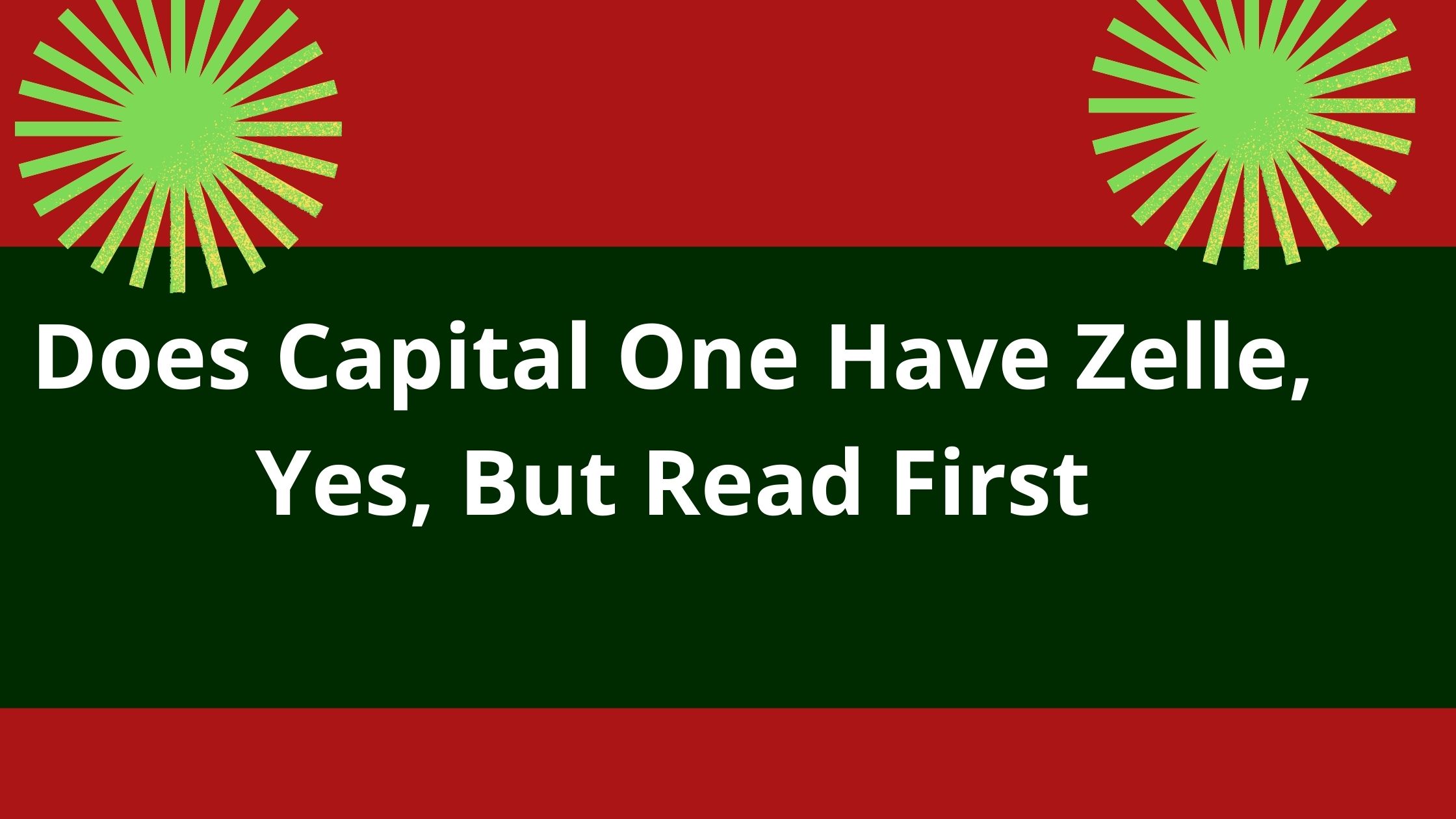HELOCs, while doing so, wanted monthly premiums. These payments are generally focus-just for the original ten years of one’s loan, immediately after which the fresh https://cashadvancecompass.com/loans/payday-loans-for-veterans/ debtor need beginning to pay down the primary equilibrium also. HELOCs possess a flat name, always up to ten years, right after which an entire balance flow from.
– In case your home costs below the borrowed funds harmony, the brand new debtor otherwise its heirs are not accountable for the difference
In relation to an other home loan otherwise a property equity distinctive line of borrowing, probably one of the most keys to adopt is the attract price

When comparing these two affairs, it is essential to think about your individual financial predicament and desires. If you are looking to possess a means to make use of your residence security as opposed to making monthly premiums, an opposing financial may be a good option. Yet not, when you can create monthly installments and would like to pay down the equilibrium through the years, a great HELOC is a far greater complement.
It’s also important to check out the threats from the for every tool. With a contrary home loan, the loan harmony is build easily in the event that rates are highest or if you live lengthy. This could hop out reduced security of your property to suit your heirs. Having a great HELOC, an entire harmony is born at the end of the expression, which could be an issue if you aren’t happy to generate a huge percentage.
Ultimately, the best option to you is based on your specific financial state and you can desires. Definitely talk to an economic mentor otherwise financial pro to make the best choice.
5. Interest_Rates__What_are_the_Interest_Rates_for_Reverse_Mortgage_and_Home_Equity_Range
The pace can be significantly affect the overall cost of financing and you may affect the monthly obligations. It is vital to see the interest rates for reverse mortgages and home guarantee personal lines of credit before making a decision.
Reverse mortgages are available in both fixed and adjustable interest rates. The interest rate for a fixed-rate reverse mortgage is typically higher than an adjustable-rate reverse mortgage. The interest rate for a reverse mortgage is usually based on the london Interbank Offered rate (LIBOR) or the U.S. Treasury rate, plus a margin. The margin typically ranges from 1% to 3%. The interest rate for a reverse mortgage can are different depending on the lender, location, and other factors.
home equity lines of credit (HELOCs) typically have varying interest rates. The interest rate for a HELOC is usually based on the prime rate, which is the rate that banks charge their most creditworthy customers. The interest rate for a HELOC is usually lower than a reverse mortgage.
When comparing the interest prices having contrary mortgage loans and house security lines of credit, it’s important to think about the overall cost of the loan. Because the rate of interest getting a HELOC can be less than an other financial, brand new closing costs or other fees on the a beneficial HELOC can be feel highest. Additionally, the pace having an effective HELOC can be adjustable, and therefore it will vary over time, so it is more difficult in order to plan for monthly obligations.
The best option for you will depend on your individual financial situation and goals. If you are looking for a loan with a low-interest rate and flexible percentage alternatives, a HELOC may be the best option for you. However, if you are 62 or older and looking to access your home equity without making monthly payments, a reverse mortgage may be a better option. It is crucial to speak with a financial advisor and explore all your options before making a decision.
